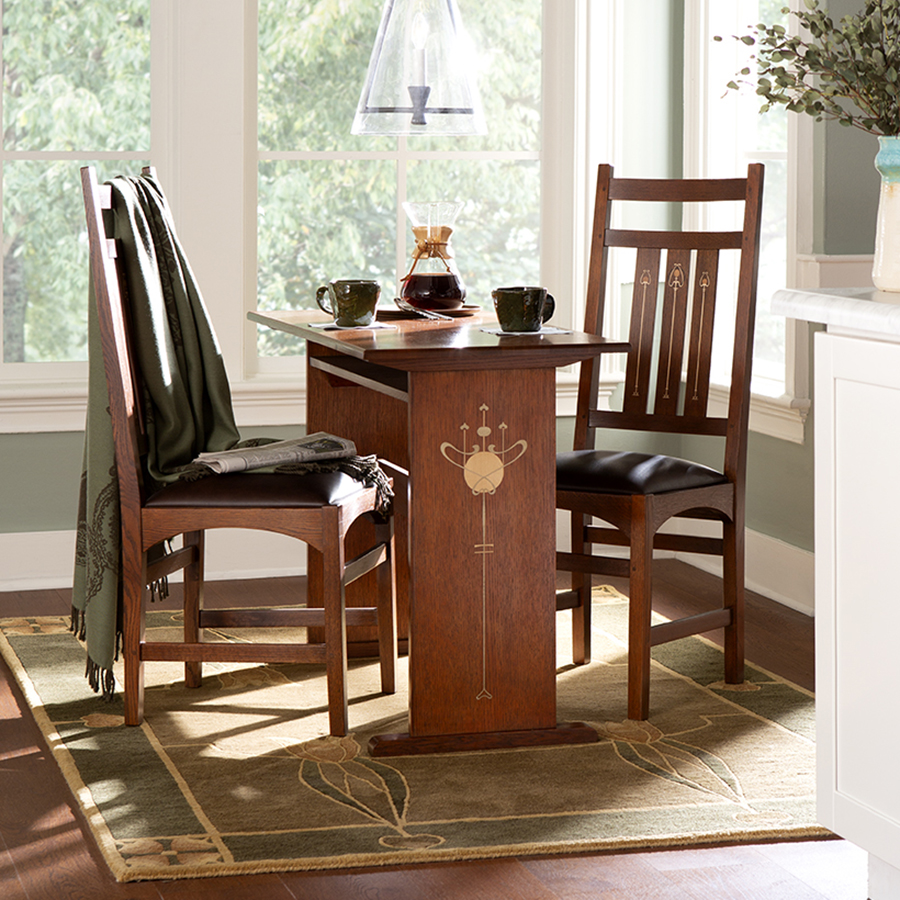
Fast-forward to 2020, when L. & J. G. Stickley celebrated its 120th anniversary as a fine-furniture maker. The story is a testament to staying power—not just the staying power of the Mission furniture style, but the staying power of the company’s manufacturing philosophy, born in those early days of the Craftsman era.
Their approach is one that all preservationists will appreciate. Even as technology changed and its furniture styles diversified, Stickley never abandoned many of the time-honored construction techniques developed by Gustav and, especially, Leopold Stickley. Every piece of Stickley furniture is intentionally “overbuilt” to ensure stability and longevity.
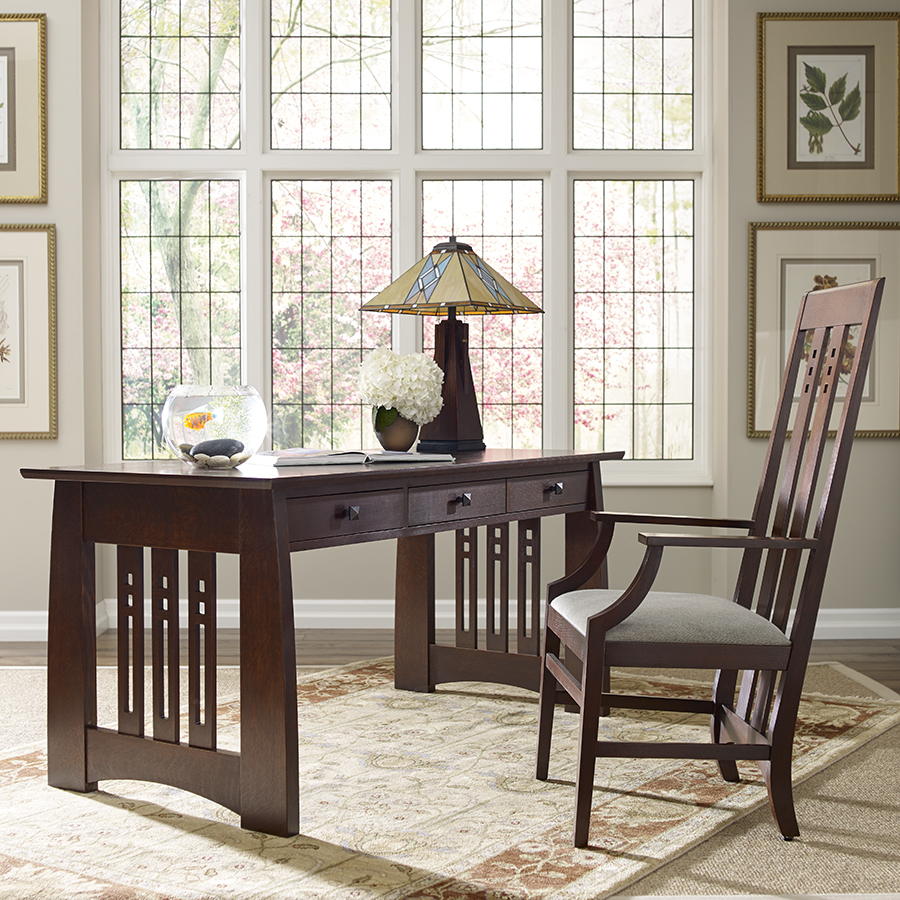
It begins with fine hardwoods like American white oak, quartersawn to produce sturdy, reliable boards with the stunning ray-flake grain pattern so prized by Gustav Stickley. The strongest possible joints are created using mortise-and-tenon techniques, as well as wooden pinning, splining, and dovetails. Side-hung and center-guided drawers are crafted to open and close smoothly without ever breaking down, and solid-wood bed rails are engineered for a perfect fit that won’t weaken or wobble.
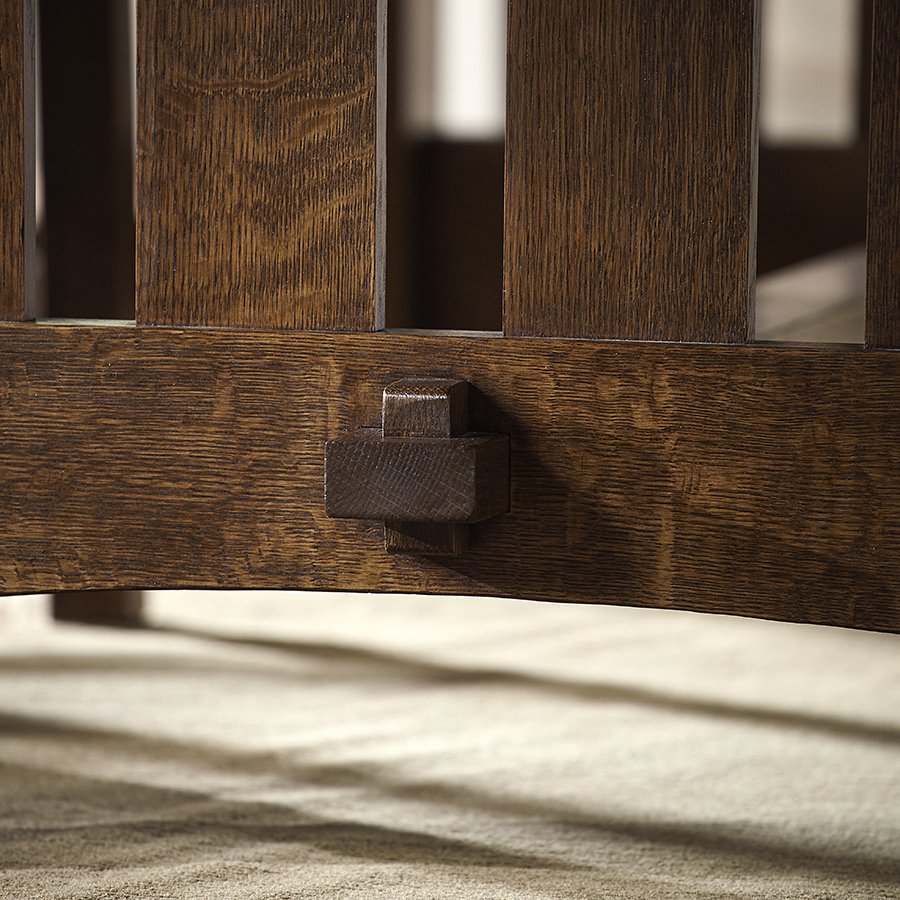
The result is furniture that, with minimal care, will last for generations. Pieces built to this level of quality won’t need replacing in a few years’ time and won’t end their days in a landfill. Instead, they’ll continue to be centerpieces of the home long after their creation.
And, importantly for owners of historic homes, their style will live on as well.
Renewed interest in Mission in the late 20th century inspired Stickley’s new owners, Alfred and Aminy Audi, to revisit the company’s roots. Thanks to the preservation of written records and drawings, the company was able to produce direct reissues of original Stickley designs in 1989, all with the same dedication to honest craftsmanship.
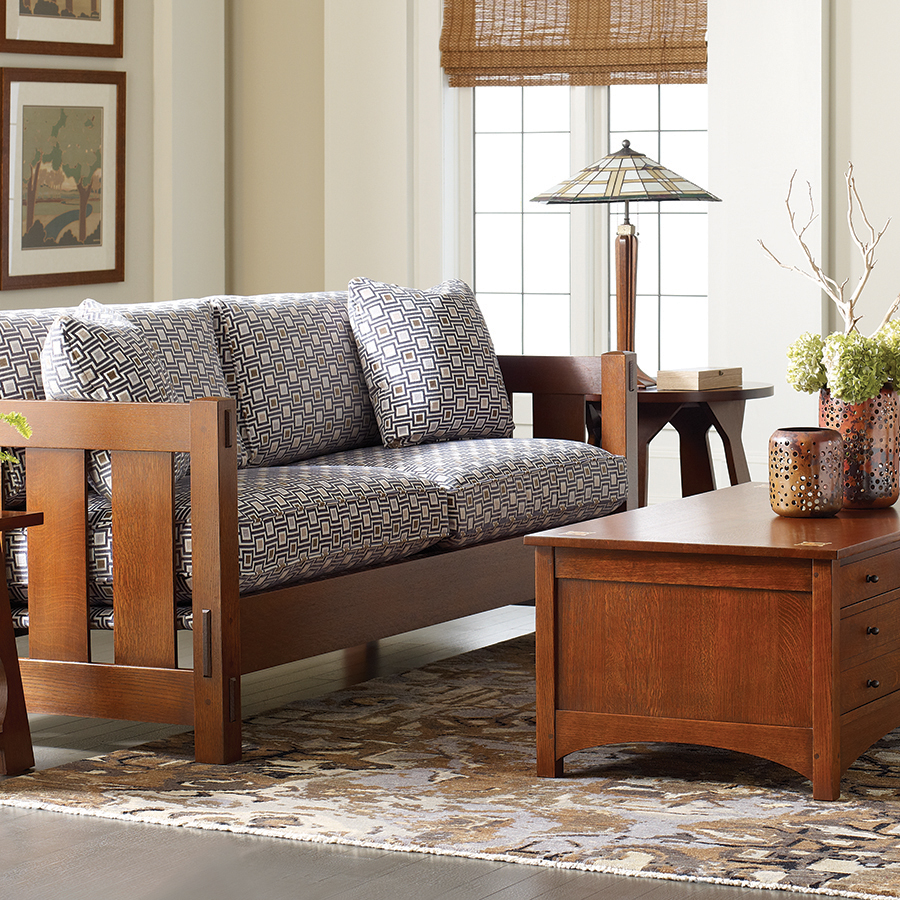
Their Mission Collection (and later, related collections like Highlands, Harvey Ellis, and Pasadena Bungalow) proved to be timeless in its look and appeal. Retaining the original construction details was a masterstroke, as that visible joinery is both proof of lasting quality and key to Mission’s simple beauty. Today, Stickley continues to add Mission pieces inspired by historic designs, including an annual, limited-release Collector Edition.
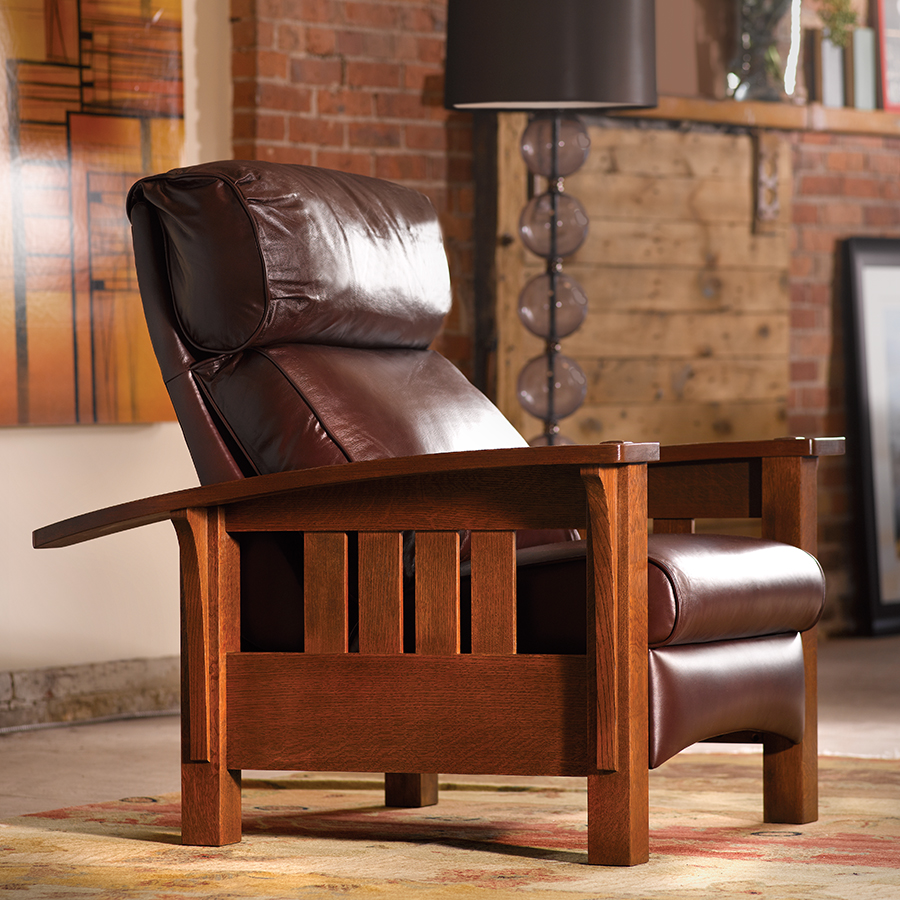
Owners of authentic Craftsman homes—or of later homes influenced by East or West Coast Arts and Crafts, or even by the Prairie School of Frank Lloyd Wright—have a unique luxury. Whether seeking to restore their historic home to its former glory, or to recreate the look in a period-inspired home, they’re able to go straight to the source.
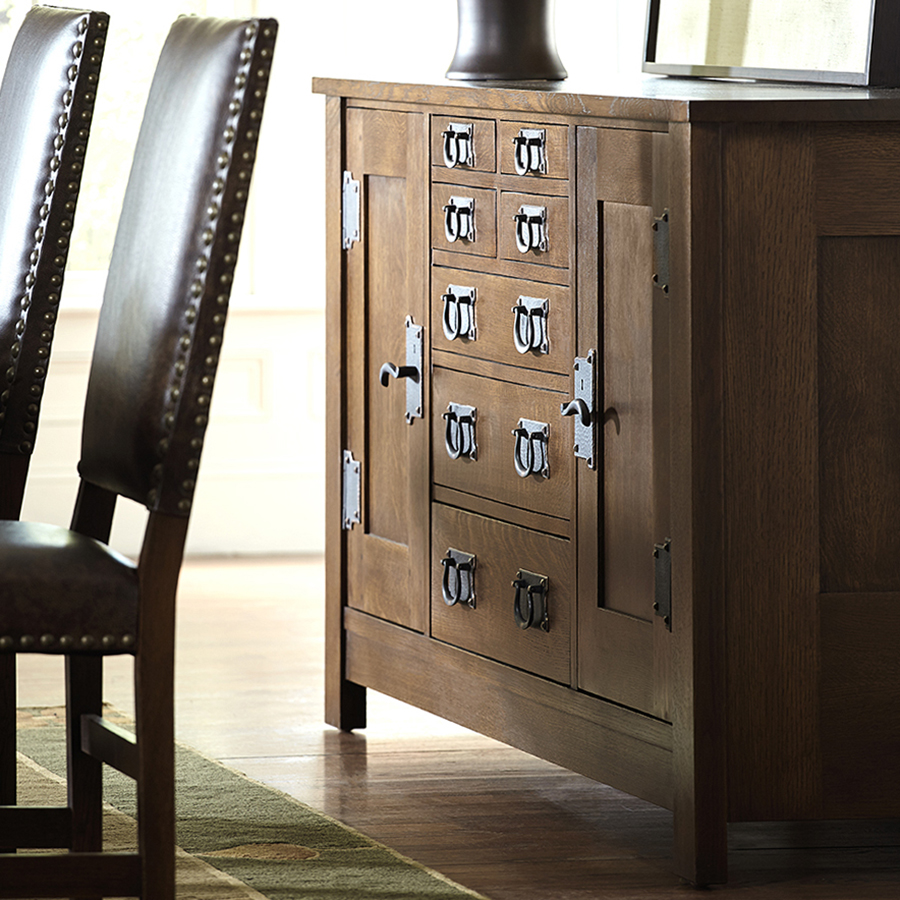
They’ll find not only reissues of original Stickley furniture but also Arts and Crafts–inspired hand-knotted rugs, lighting, and other home accessories they can use to furnish entire rooms. Every detail is designed to summon the simplicity, utility, and organic beauty of those early Craftsman homes Gustav Stickley envisioned.







